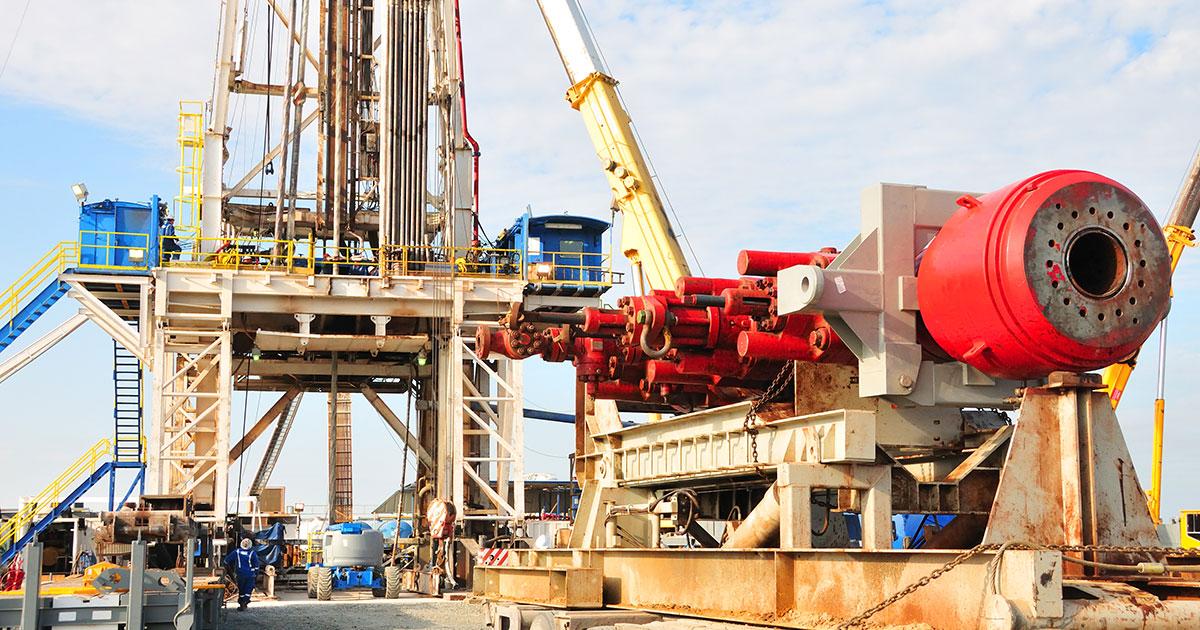BSEE Finalizes New Blowout Preventer and Well Control Regulations

On 2 May 2019, the U.S. Department of the Interior’s (DOI) Bureau of Safety and Environmental Enforcement (BSEE) released its final new Blowout Preventer Systems and Well Control regulations.
BSEE’s final Well Control Rule – as the regulation is commonly known – updates regulations on offshore development that were put into place in 2010 after the Deepwater Horizon oil spill. The revised rule reflects the Trump Administration’s view that such regulations are burdensome on the American offshore oil industry.
“Today’s final rule puts safety first, both public and environmental safety, in a common sense way,” said U.S. Secretary of the Interior David Bernhardt. “Incorporating the best available science, best practices and technological innovations of the past decade, the rule eliminates unnecessary regulatory burdens while maintaining safety and environmental protection offshore. Under President Trump’s leadership, America is a leader on energy resulting in greater security and economic prosperity.”
Jill McLeod, a partner at the international law firm Dorsey & Whitney who specializes in the oil and gas industry told ON&T that the changes should be well received by the oil and gas industry, but are unlikely to escape litigation from environmental groups.
"This will be another case to watch as environmental groups step up their efforts to push for environmental regulation while by contrast the Trump administration continues with its deregulatory focus to advance energy security," McLeod said.
According to DOI, the final revised rule leaves 274 out of 342 original Well Control Rule provisions – approximately 80 percent – unchanged. Sixty-eight provisions were identified as appropriate for revision, and 33 provisions were added to improve operations on the OCS. Following the direction of both Executive Order 13795 and Secretary's Order 3350, the final rule addresses offshore oil and gas drilling, completions, workovers, and decommissioning activities.
Furthermore, BSEE reports that they considered all 424 recommendations arising from 26 separate reports from 14 different organizations developed in the wake of and in response to the Deepwater Horizon and found that none of the revisions contravened any of these recommendations.
The changes to requirements for Blowout Preventer (BOP) design and testing include:
- Limiting the number of connection points to the BOP, reducing the number of potential failure points;
- Equipping each BOP with a high-flow receptacle to ensure faster delivery of fluid to perform the function from a Remotely Operated Vehicle (ROV);
- Requiring an array of rams, which are steel covers designed to close rapidly around and over a drill pipe to stop the flow of hydrocarbons, with specific capabilities, allowing the most effective use of each ram type and maximizing functionality; and
- Improving the expected lifespan of a critical BOP component by specifying a testing methodology that provides a readiness check without putting unnecessary wear and tear on the component.
BSEE published proposed revisions to the Well Control Rule on May 11, 2018, opening a 60-day public comment period that was later extended to 87 days. Publication in the Federal Register is forthcoming. A pre-publication version and additional information can be found here.

